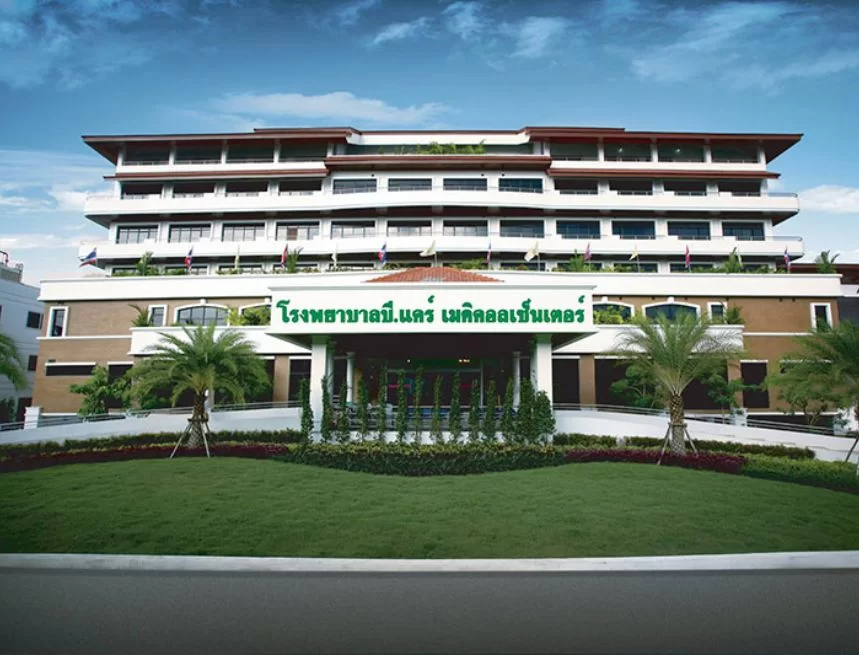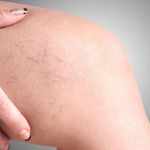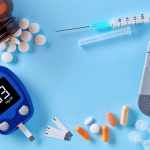Generic, or inherited, blood diseases are more common than most people may think. Currently, it is estimated that in excess of 20 million people across the world have generic blood disorders. Astonishingly, are more than 6000 known inherited blood diseases, with this number continuously growing as new disorders are constantly being identified.
For reasons as yet unknown, when mapped, the global distribution of these conditions, by numbers and type, seemingly exhibit no logical consistency. As an example, in the United States the most common generic blood disease is sickle cell anemia. However, in the United Kingdom sickle cell anemia ranks as the third most common, with Willebrand disorder, or VWD, followed by hemophilia types A and B.
In Thailand, the highest-ranking inherited blood disease is Thalassemia and hemoglobinopathy with an estimated 30% of the population affected to varying degrees. Whereas, in some parts of the African continent cases of Thalassemia are almost unheard of. There have many studies conducted, and there will be many more, in an effort to understand the anomalies in the distribution of sufferance, but, to date, these factors remain inexplicable.
Thalassemia suffering is more prevalent in hotter climates, Southeast Asia, the Pacific region, and the Mediterranean in particular. One theory behind these greater numbers is that the disorder is an evolving biological and defensive response to malaria. However, it must be pointed out that, despite extensive research, this remains nothing more than a theory that has not been scientifically proven.
In response to the high levels of thalassemia suffering in the kingdom, the Samitivej Hospital created their dedicated Thalassemia and Hematology Center. This is a state-of-the-art facility that has been specifically designed to focus on diagnostics and treatments for sufferers of thalassemia and hemoglobinopathy at an unequalled level of excellence.
Explaining Thalassemia and hemoglobinopathy
These blood anomalies were first identified, jointly, by two pediatricians Thomas B. Cooley and Pearl Lee in 1925. Initially, this was labeled as ” Cooley’s anemia”. It was in 1932 that the term thalassemia was first coined. In 1938 thalassemia was officially recognized as a genetic blood disease caused by an abnormal structure of the hemoglobin.
Thalassemia is a blood disorder inherited from one, or both, parents. With this disease, the body fails to produce sufficient levels of hemoglobin, an essential protein contained within the red blood cells. This shortfall in the hemoglobin reduces the life span of the red blood cells, resulting in a reduced number of the cells circulating throughout the bloodstream.
Essentially, oxygen is the sustenance that fuels all the cells within the body and is vital in maintaining the entire body’s healthy functioning. When the oxygen levels in the red blood cells are deficient, insufficient levels of oxygen get delivered to all the other cells throughout the body, thus having a detrimental effect on the body’s overall health.
Thalassemia is classified as having two distinct types, Alpha, and Beta. If either of the types is inherited from one parent, the sufferer will be classified as being a carrier, and alpha-thalassemic. Professionally, this person may be referred to as an Hb CS carrier.
Although statistically being less likely, should an individual inherit either the Alpha or Beta type from both parents they will have one of the 4 forms of the disease, they are being hemoglobin Barts disease, hemoglobin H disease, beta-thalassemia or hemoglobin E beta-thalassemia,
Symptoms of Thalassemia and hemoglobinopathy
In the vast majority of cases this disorder will be diagnosed and identified early in life. Commonly, this will come about as a result of unrelated routine blood testing exposing some level of anemia. Alternatively, a physician may refer an individual for specific blood testing where it is known that one or both parents carry the disorder.
The most common, and usually the first symptom of thalassemia is anemia, resulting in tiredness and fatigue. Other symptoms include dark urine, pale, or yellowing skin, and in the young, slow growth and physical development. In more extreme cases an individual may exhibit, otherwise inexplicable, abdominal swelling. The disease can also cause bone deformity, particularly in the facial bones.
Treatment for Thalassemia and hemoglobinopathy
Individuals that have been diagnosed as simply being thalassemia carriers, and although this is vital knowledge for a person to have, are able to live normal, active lives with the condition requiring no treatment or medication.
Those that have inherited the disorder from both parents will suffer with thalassemia and treatment will be necessary to combat the disease, and it is likely that medication will be required to treat the effects of the disorder.
For moderate to severe levels of suffering, intravenous blood transfusions are the principal method of treatment. It must be pointed out that blood transfusions are only treating the disease, they are not a cure. The only cure for thalassemia comes from stem cell treatment.
Although non-invasive, the stem cell procedure is not without risk, and the highly trained doctors at the Thalassemia and Hematology Center explain the entire procedure to every recipient fully and clearly. Having a stem cell transplant from a donor that is fully compatible, usually a sibling, carries a survival rate of over 90%. The fully disease-free rate of survival exceeds 80%.
Young sufferers of thalassemia may not have a direct sibling donor who offers a full stem cell match, in which case, haploidentical bone marrow/stem cell transplantation is an option. This treatment allows an individual with a partial match to be used as a donor.
Additionally, a new gene editing therapy, known as exagamglogene autotemcel, marketed as Casgevy, is now available as a curing treatment for thalassemia. Developed jointly by Swiss pharmaceutical company CRISPR Therapeutics and American company Vertex Pharmaceuticals, exagamglogene autotemcel offers a further option open to the center’s professional team.
With the choice of curing treatments expanding, the doctors at the Thalassemia and Hematology Center can be critically selective in the optimal treatment to suit each patient, thus increasing the chances of a fully disease-free future for the sufferer.
With the rising numbers of thalassemia sufferers being successfully treated, the Thalassemia and Hematology Center in Bangkok, along with its selected team of world class physicians, has emerged as one of the world’s leading facilities for the treatment of the disease. Now the center’s reputation for excellence has spread beyond its borders, with Thalassemia sufferers from across the world now visiting this world class center to take advantage of its unequalled level of diagnostics, treatment, and care.
I am a 26 year old young and witty girl, who simply loves to write and be around her friends. I am the one who believes in filling the heart of her readers with love, passion and contentment.







